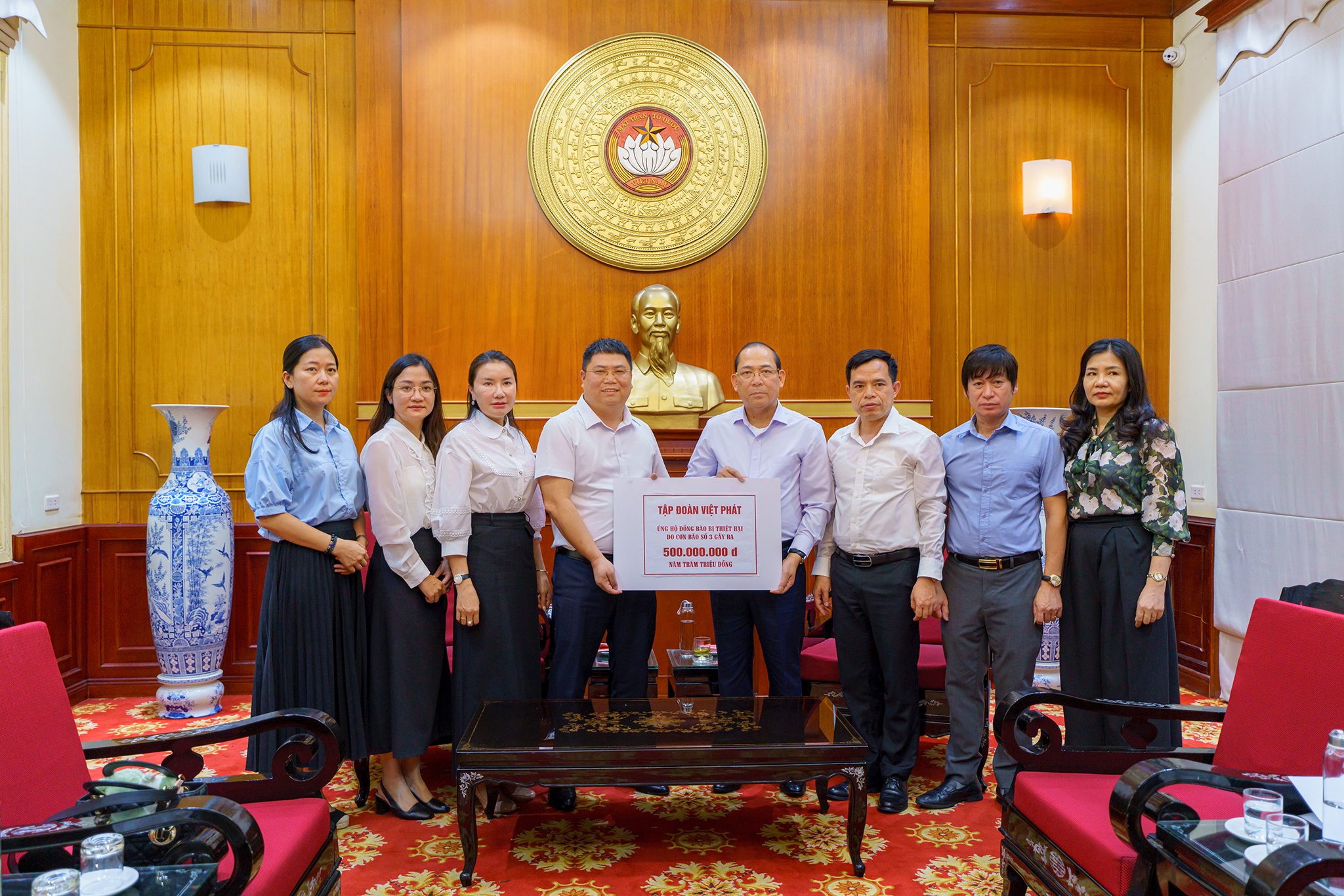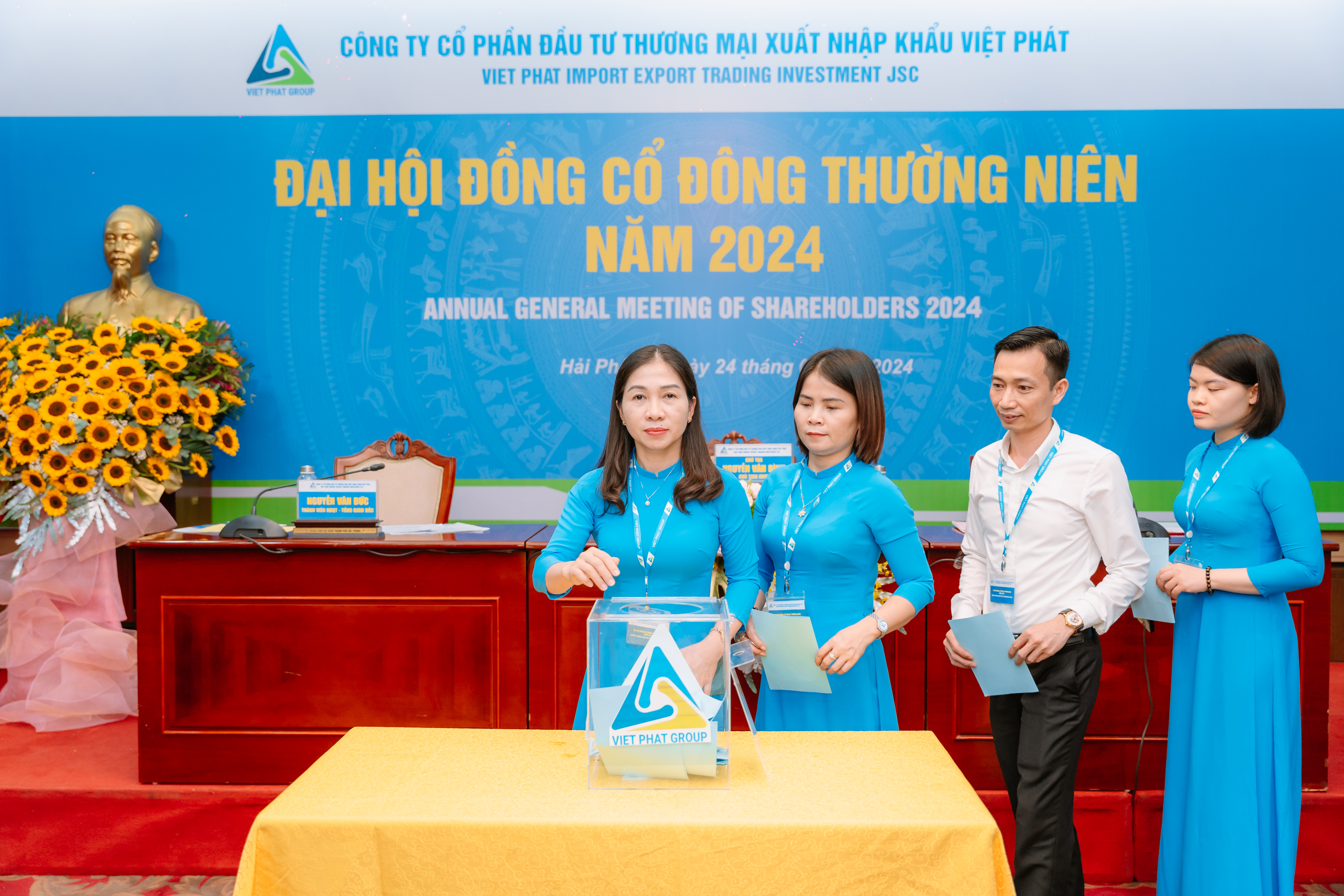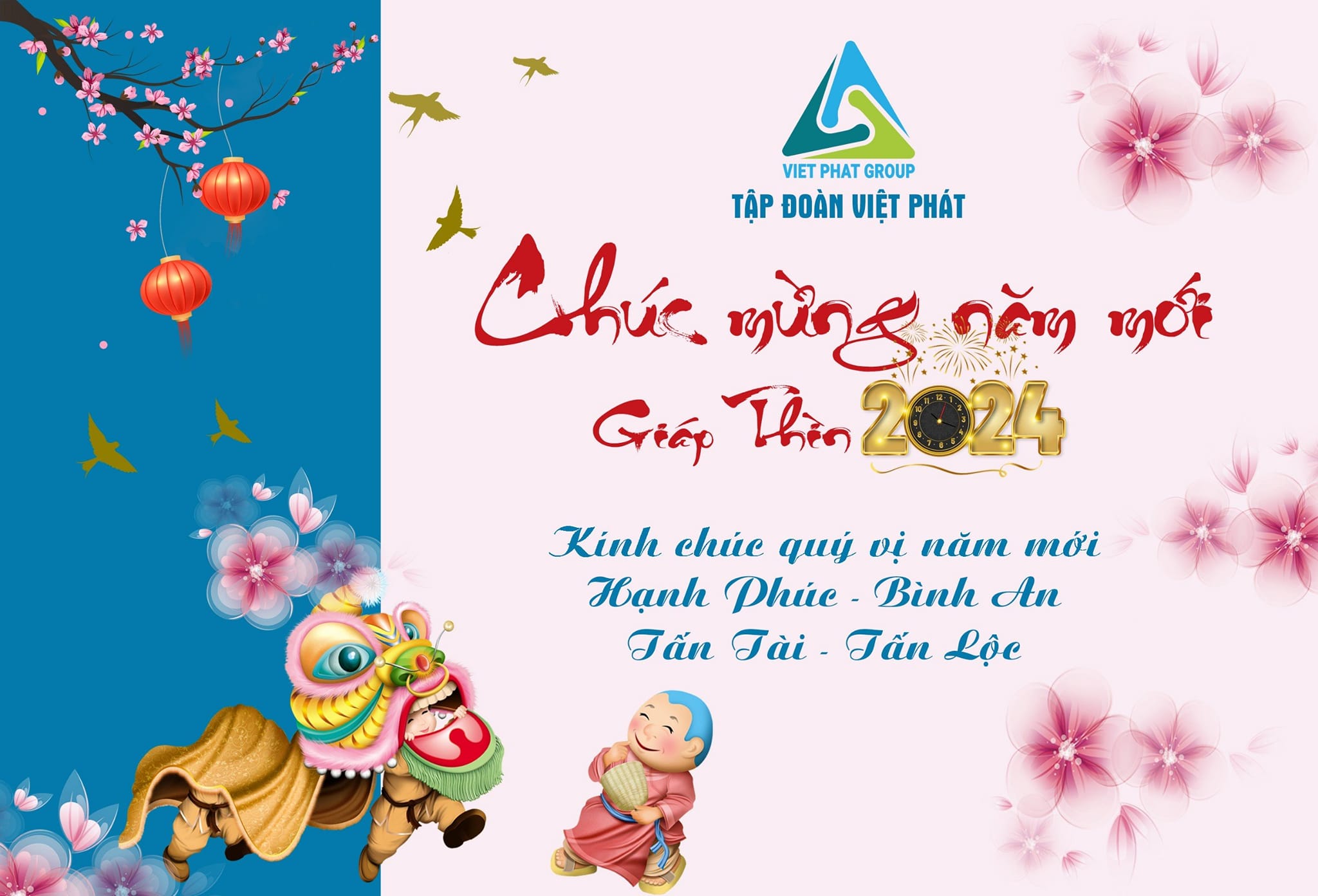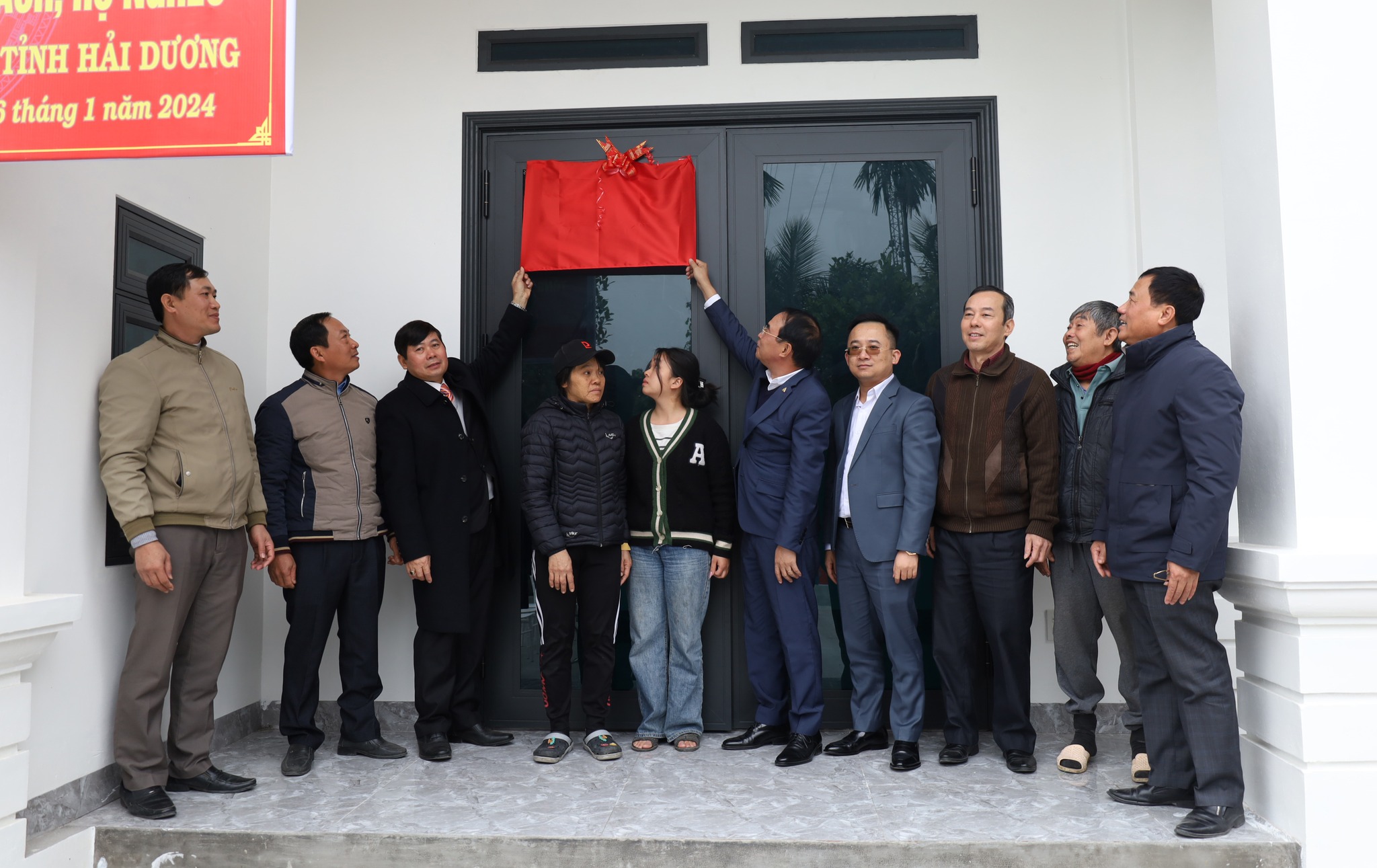Cơ hội xuất khẩu sang Campuchia[:en]Opportunities exports to Cambodia
<:vi>Việc giảm thuế nhập khẩu hai chiều về 0% giữa VN và Campuchia với nhiều hàng hóa đang là tin vui cho doanh nghiệp Việt. Ngày 14.3, Chính phủ đã ban hành Nghị định 24/2017 quy định về thuế suất nhập khẩu ưu đãi đặc biệt để thực hiện Bản thỏa thuận thúc đẩy thương mại song phương giữa Chính phủ hai nước VN - Campuchia. Theo đó, phía VN sẽ được hưởng thuế suất thuế nhập khẩu 0% áp dụng đối với 29 mặt hàng khi xuất khẩu vào thị trường Campuchia gồm sơn, sắt thép và sản phẩm sắt thép, sữa và kem, tinh bột sắn, sản phẩm thịt, chế phẩm từ gạo... Ngược lại, VN dành ưu đãi thuế suất thuế nhập khẩu 0% cho 39 mặt hàng của Campuchia, phần lớn là nông sản nguyên liệu gồm thịt, phụ phẩm tươi sống, thóc gạo, sản phẩm nhựa, vải dệt, xe đạp...

.jpg)
Gạo thêm đối thủ cạnh tranh Theo các chuyên gia, lúa gạo là mặt hàng sẽ chịu tác động mạnh đến thị trường trong nước bởi nhiều người tiêu dùng nội địa đánh giá gạo của Campuchia vừa có chất lượng tốt giá lại rẻ. Chuyên gia tư vấn chiến lược Robert Trần, người có nhiều kinh nghiệm trong lĩnh vực thương mại hai chiều giữa hai nước VN - Campuchia, cho biết: “Năm ngoái VN đã phải cử người sang Campuchia học họ cách sản xuất gạo xuất khẩu giá cao. Điều này chứng tỏ tuy không có tên trên bản đổ xuất khẩu gạo lớn như VN hay Thái Lan, nhưng họ đang làm thầy chúng ta về hàng nông sản cao cấp, cụ thể là lúa gạo. Theo tôi, Chính phủ đã làm khá tốt việc đàm phán để cho cơ chế về thuế nhập khẩu tốt nhất cho thị trường, vấn đề còn lại ở doanh nghiệp (DN). Gạo VN sẽ đối diện nhiều thách thức nếu sắp tới gạo Campuchia hưởng thuế 0% tràn vào VN”. Thực tế ở thời điểm hiện tại, thị phần gạo Campuchia tại VN chưa đáng kể nếu so với gạo Thái Lan, Nhật tại VN nhưng cũng tạo được niềm tin với một bộ phận người tiêu dùng. Campuchia đang có lợi thế làm hàng gạo xuất khẩu cao cấp. Thuế nhập khẩu xuống 0%, thị trường gạo VN sẽ thêm đối thủ cạnh tranh nữa không hề nhẹ ký. Rộng cửa cho nhiều mặt hàng xuất khẩu Việt Ở chiều ngược lại, Campuchia cũng giảm 0% thuế cho nhiều mặt hàng từ VN như: sữa và kem, tinh bột sắn, sản phẩm thịt, chế phẩm từ gạo, bánh kẹo, sơn, sản phẩm nhựa, giấy, gốm sứ, sắt thép và sản phẩm sắt thép. Đây là cơ hội lớn cho các DN Việt xâm nhập sâu hơn vào thị trường Campuchia. Điển hình trong nhóm sản phẩm này phải kể đến thép. Đại diện Công ty thép Pomina cho biết sản phẩm sắt thép của VN cạnh tranh khá tốt tại thị trường láng giềng do đã có thương hiệu, chi phí vận chuyển thấp. “Với lợi thế chi phí vận chuyển thấp, sắt thép xây dựng từ VN đang là mặt hàng chủ lực tại Campuchia và dự báo trong tương lai sẽ tăng và cạnh tranh tốt với sản phẩm cùng loại của các quốc gia khác không được hưởng ưu đãi này tại Campuchia”, ông Đinh Công Khương, Chủ tịch Công ty TNHH thép Khương Mai, nhận định. Ngoài sắt thép, thức ăn gia súc và nguyên phụ liệu phục vụ sản xuất, phân bón các loại, bánh kẹo..., VN đang chiếm kim ngạch xuất khẩu đáng kể tại thị trường này. Năm 2016, kim ngạch xuất khẩu hàng dệt may VN sang Campuchia đạt gần 244 triệu USD, nguyên liệu dệt may da giày đạt hơn 152 triệu USD, thức ăn chăn nuôi và nguyên liệu trên 94 triệu USD, phân bón các loại trên 80 triệu USD... Ông Sorly Chan, DN Việt kiều Campuchia, thông tin thêm: “Hằng năm, Campuchia chi trên 200 triệu USD để nhập khẩu hàng rau quả từ các quốc gia trong khu vực như Thái Lan, VN và Lào. Trong đó, VN chủ lực mảng rau tươi. Trung bình mỗi ngày, thị trường Campuchia nhập khoảng 300 tấn rau từ VN”. Ông Sorly Chan cũng cho rằng, đưa hàng vào thị trường Campuchia không khó nhưng chính vì dễ nên rất nhiều DN Việt đã đánh giá sai thị trường này ngay từ đầu. “Tôi biết có DN ngành nhựa của VN, vào Campuchia với nhiều mặt hàng giá rẻ từ hơn 10 năm qua nhưng không thành công như các DN cùng mặt hàng của Thái Lan. Lý do duy nhất, chúng ta đã đánh giá sai nhu cầu khách hàng. Họ muốn mua hàng tốt, giá vừa phải chứ không phải rẻ kiểu kém chất lượng”, ông Sorly Chan nói. Đồng tình với nhận định này, ông Robert Trần nhận xét: “Hàng hóa VN từng được người tiêu dùng Campuchia rất tin dùng. Tuy nhiên, sau một thời gian nhiều DN Việt đã lơ là nâng cấp sản phẩm và theo lối mòn với chất lượng trung bình, giá rẻ, khiến cơ hội mở rộng thị phần chựng lại, để một số mặt hàng tiêu dùng của Malaysia và Indonesia tranh bớt thị phần. H.Nga - M.Phương Nguồn: Báo Thanh Niên<:en>The reduction of two-way import tax on 0% between Vietnam and Cambodia with many goods is good news for Vietnamese enterprises. On 14 March, the Government issued Decree 24/2017 on special preferential import tax rates for the implementation of the bilateral trade agreement between Vietnam and Cambodia. Accordingly, the Vietnamese side will enjoy a 0% import tax rate on 29 items when exported to Cambodia including paint, iron and steel products, milk and cream, cassava starch, products Meat and rice preparations ... In contrast, Vietnam has offered preferential import tax rates of 0% to 39 items of Cambodia, mostly agricultural raw materials including fresh meat, by-products, rice, products Plastic, woven fabric, bicycle ...  Rice more competitors According to experts, rice is a commodity will be strongly impact on the domestic market because many domestic consumers rated Cambodia's rice has good quality cheap price. Strategic consultant Robert Tran, who has extensive experience in two-way trade between Vietnam and Cambodia, said: "Last year, Vietnam had to send people to Cambodia to learn how to export rice for export. high. This proves that although there are no names on the big rice export table like Vietnam or Thailand, they are teaching us about high-end agricultural products, namely rice. In my opinion, the Government has done a good job of negotiating the best import tax regime for the market, the remaining issue in the enterprise. Vietnamese rice will face many challenges if Cambodian rice is coming to enjoy 0% tax on Vietnam. In fact, at present, the market share of Cambodian rice in Vietnam is not significant compared to Thai rice in Japan, but also in the belief in a part of consumers. Cambodia has the advantage of exporting high-grade rice. Import tax to 0%, rice market Vietnam will add competitors no longer lightweight. Wide door for many Vietnamese export items In the opposite direction, Cambodia also reduced 0% tax for many items from Vietnam such as milk and cream, cassava starch, meat products, rice preparations, confectionery, paint, plastic products, paper, ceramics, Iron and steel and steel products. This is a great opportunity for Vietnamese companies to penetrate deeper into Cambodian market. Typically in this product group includes steel. Representatives of Pomina Steel Company said that Vietnam's iron and steel products compete fairly well in the neighboring market due to the brand name and low transportation costs. With the low cost of transportation, iron and steel construction from Vietnam is a staple commodity in Cambodia and is expected to increase in the future and compete well with other products of other countries do not enjoy. This treat in Cambodia, "said Dinh Cong Khuong, president of Khuong Mai Steel Co., Ltd., said. In addition to iron and steel, animal feeds and raw materials for production, fertilizers, confectionery ..., Vietnam is occupying a significant export turnover in this market. In 2016, Vietnam's textile and garment export turnover to Cambodia reached nearly US $ 244 million, textiles and leather footwear reached more than US $ 152 million, animal feed and raw materials over US $ 94 million, and fertilizers of over 80 million US dollars. USD ... Mr. Sorly Chan, a Cambodian businessman of Cambodia, added: "Every year, Cambodia spent over $ 200 million to import vegetables from countries in the region such as Thailand, Vietnam and Laos. Of which, Vietnam main force fresh vegetables. On average, the Cambodian market imported about 300 tons of vegetables from Vietnam. " Sorly Chan also said that bringing goods to the Cambodian market is not difficult but it is easy because many Vietnamese companies have misjudged this market from the beginning. "I know there are plastic enterprises in Vietnam, in Cambodia with many cheap items over the past 10 years but not as successful as the same products of Thailand. The only reason we have misjudged customer demand. They want to buy good, moderate price, not cheap quality, "said Sorly Chan. Convinced with this statement, Robert Tran commented: "Vietnam goods have been used by Cambodian consumers very confident. However, after a period of time many Vietnamese companies have neglected to upgrade their products and follow the medium-quality, low-cost pathway, thus opening up market opportunities for some Malaysian consumer goods and Indonesia is losing market share.
Rice more competitors According to experts, rice is a commodity will be strongly impact on the domestic market because many domestic consumers rated Cambodia's rice has good quality cheap price. Strategic consultant Robert Tran, who has extensive experience in two-way trade between Vietnam and Cambodia, said: "Last year, Vietnam had to send people to Cambodia to learn how to export rice for export. high. This proves that although there are no names on the big rice export table like Vietnam or Thailand, they are teaching us about high-end agricultural products, namely rice. In my opinion, the Government has done a good job of negotiating the best import tax regime for the market, the remaining issue in the enterprise. Vietnamese rice will face many challenges if Cambodian rice is coming to enjoy 0% tax on Vietnam. In fact, at present, the market share of Cambodian rice in Vietnam is not significant compared to Thai rice in Japan, but also in the belief in a part of consumers. Cambodia has the advantage of exporting high-grade rice. Import tax to 0%, rice market Vietnam will add competitors no longer lightweight. Wide door for many Vietnamese export items In the opposite direction, Cambodia also reduced 0% tax for many items from Vietnam such as milk and cream, cassava starch, meat products, rice preparations, confectionery, paint, plastic products, paper, ceramics, Iron and steel and steel products. This is a great opportunity for Vietnamese companies to penetrate deeper into Cambodian market. Typically in this product group includes steel. Representatives of Pomina Steel Company said that Vietnam's iron and steel products compete fairly well in the neighboring market due to the brand name and low transportation costs. With the low cost of transportation, iron and steel construction from Vietnam is a staple commodity in Cambodia and is expected to increase in the future and compete well with other products of other countries do not enjoy. This treat in Cambodia, "said Dinh Cong Khuong, president of Khuong Mai Steel Co., Ltd., said. In addition to iron and steel, animal feeds and raw materials for production, fertilizers, confectionery ..., Vietnam is occupying a significant export turnover in this market. In 2016, Vietnam's textile and garment export turnover to Cambodia reached nearly US $ 244 million, textiles and leather footwear reached more than US $ 152 million, animal feed and raw materials over US $ 94 million, and fertilizers of over 80 million US dollars. USD ... Mr. Sorly Chan, a Cambodian businessman of Cambodia, added: "Every year, Cambodia spent over $ 200 million to import vegetables from countries in the region such as Thailand, Vietnam and Laos. Of which, Vietnam main force fresh vegetables. On average, the Cambodian market imported about 300 tons of vegetables from Vietnam. " Sorly Chan also said that bringing goods to the Cambodian market is not difficult but it is easy because many Vietnamese companies have misjudged this market from the beginning. "I know there are plastic enterprises in Vietnam, in Cambodia with many cheap items over the past 10 years but not as successful as the same products of Thailand. The only reason we have misjudged customer demand. They want to buy good, moderate price, not cheap quality, "said Sorly Chan. Convinced with this statement, Robert Tran commented: "Vietnam goods have been used by Cambodian consumers very confident. However, after a period of time many Vietnamese companies have neglected to upgrade their products and follow the medium-quality, low-cost pathway, thus opening up market opportunities for some Malaysian consumer goods and Indonesia is losing market share.
H.Nga - M.Phung
Source: Thanh Nien Newspaper
<:>
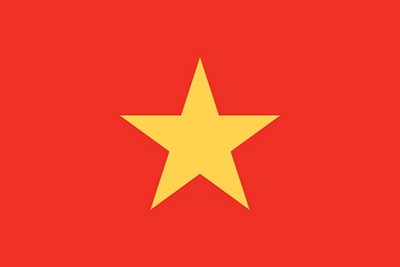
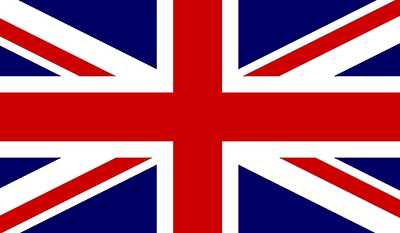
![Cơ hội xuất khẩu sang Campuchia[:en]Opportunities exports to Cambodia fix](upload/contact/6536group-439.png)
